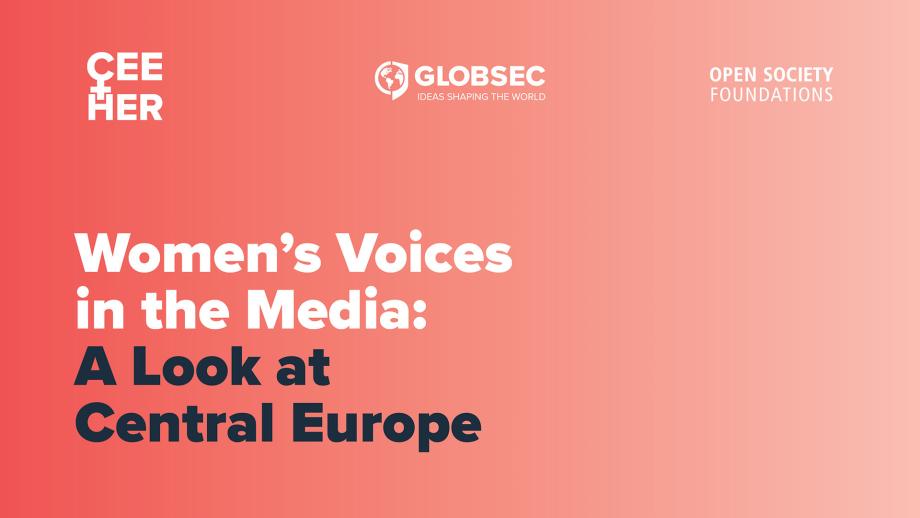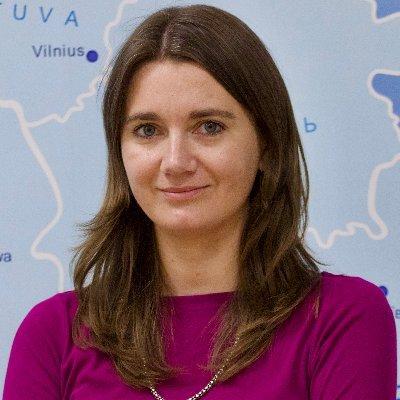Women’s Voices in the Media: A Look at Central Europe

Authored by Sofiia Shevchuk, Linda Tothova, Malwina Talik, Zsofia Biro, Nikoleta Nemečkayová
This report aims to shed light on progress towards gender equality and women’s media participation in Central Europe (CE) and advance a series of recommendations for the creation of a more inclusive and equitable media landscape. The report further seeks to raise public awareness regarding societal benefits, including inclusion and tolerance, that come from female media participation. It additionally contributes to addressing the data void on women’s voices in CE media.
Several pressing questions are explored:
- Why is there a need to examine women’s status in the media? What are the benefits of their participation in media?
- What is the current representation of women as authors and contributors at CE media outlets?
- What are the identifiable barriers for women to participate in media as authors and contributors? And what are some positive developments?
- How can women as authors and contributors in the media become more involved and influential?
Among the four monitored countries Czechia, Hungary, Poland and Slovakia, the percentage of female authors is close to parity in three (Slovakia at 51%; Czechia at 43%; Poland at 42%), with Hungary (women authored only 25% of articles in the country) an outlier.
There is, that said, a discrepancy concerning the topics covered by women and men across the region. Affirming broader European patterns, women tend to publish articles on topics related to health, culture, and society. Women’s voices on economics, finance, and science and technology, meanwhile, are lacking.
And even though near gender parity has been attained, with few exceptions, when it comes to the entire organisational structure of media outlets in the region, women still represent a minority (or are not present at all) in management and decision-making positions.
Barriers to the participation of women in the media sector include harassment and bullying, cultural norms and expectations, the generation gap, and insufficient social security benefits.
A few best practices can also be identified though. These include the development of practical tools such as (1) databases that feature women experts in particular areas and (2) initiatives and advocacy campaigns targeted towards monitoring and evaluating media content that deploy gender stereotypes and sexist language.
The report puts forward concrete recommendations that can be implemented at the national, regional, and local levels. They encompass promotion of women’s voices and gender-sensitive language, legal protections, and inclusive workspace.



